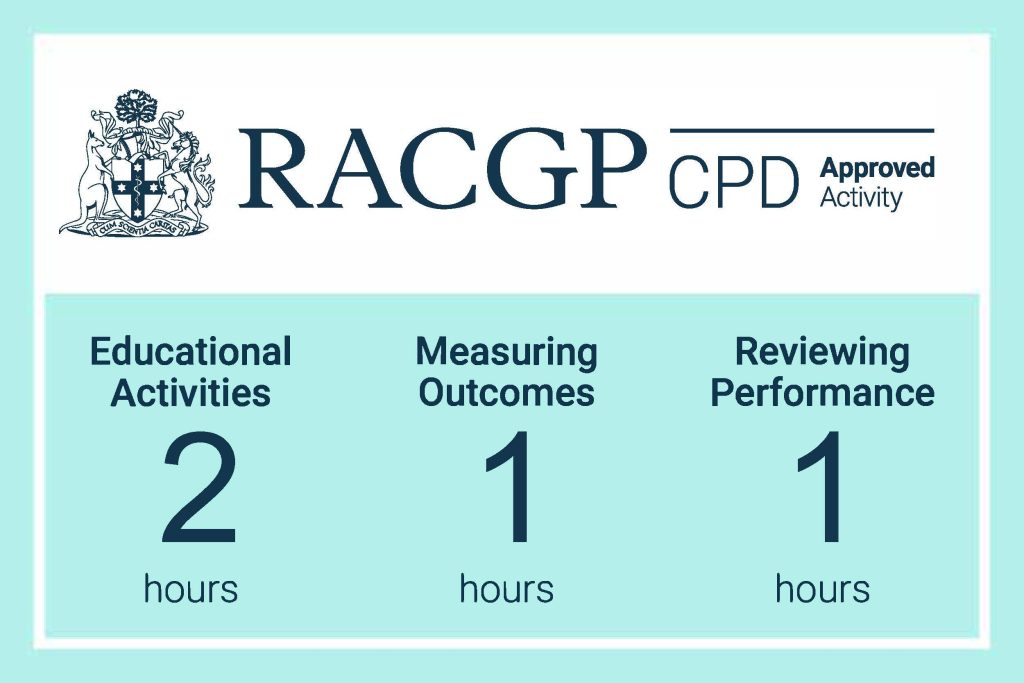Articles / Voluntary assisted dying: Your legal obligations explained

Irrespective of whether you agree or disagree with it, voluntary assisted dying (VAD) is legally available in all Australian states and there are legal requirements all medical practitioners in those states must comply with.
VAD is not legally available in the ACT or Northern Territory, but draft legislation was introduced in the ACT parliament last October and debate is underway with a decision expected in June.
In all states it is a voluntary scheme, so doctors can conscientiously object or refuse to take part for other reasons, but depending on which state you’re in, there may still be legal obligations you need to comply with if a request is made.
Doctors can refuse to:
In all states doctors who have not done the mandatory VAD training must decline requests.
In Western Australia, New South Wales and Queensland practitioners who refuse a VAD request must immediately inform the person who made the request. In Tasmania they have seven days to tell the person.
In Victoria and South Australia doctors are not legally obligated to inform the patient. However the Medical Board of Australia’s code of conduct says practitioners who conscientiously object should inform the patient, and should not use their objection to impede access to treatments that are legal.
In Western Australia, Tasmania and Queensland, practitioners must provide state government approved information on VAD so the patient can find assistance elsewhere.
In New South Wales those who conscientiously opt out or can’t participate for other reasons must document the request in the patient’s medical record and submit a ‘First Request Form’ to the Voluntary Assisted Dying Board. They should refer the patient to the NSW Voluntary Assisted Dying Care Navigator Service or an authorised VAD practitioner as appropriate.
In Victoria and South Australia, doctors are not legally required to provide information or refer the person.
Each state requires and provides its own mandatory training for healthcare practitioners who are interested in VAD.
West Australian GP and VAD practitioner, Dr Bhawani O’Brien is urging more doctors to do the VAD training. She says demand is high but there aren’t enough practitioners to provide the service, particularly in rural areas.
According to Dr O’Brien, the training isn’t onerous, taking 1-2 days depending on if it’s online or face-to-face. In WA they recommend having a mentor when you start out which she says can be very helpful.
When it comes to initiating the conversation, once again the rules differ between states.
In Victoria and South Australia medical practitioners and other registered health professionals are not permitted to initiate discussions about VAD, but they can give information if the patient asks.
In New South Wales, all registered healthcare professionals involved with the patient’s care can initiate VAD discussions, but they must inform the person about palliative care and the treatment options that are available.
In Western Australia and Queensland, both doctors and nurse practitioners can start discussions about VAD, but must also inform them about other relevant treatments and palliative care options.
In Tasmania doctors can initiate discussions, but must also provide information about relevant treatments and palliative care options. Doctors may also see patients who have been sent by their personal carers.
Eligibility criteria and safeguarding systems may vary between states so it is wise to check with your health department, but generally they follow similar steps.
Firstly, a patient must satisfy eligibility criteria to access VAD.
According to End of Life Directions for Aged Care (ELDAC), a national specialist palliative care and advanced care planning advisory service, they must:
According to ELDAC’s toolkit, “all states except Tasmania require that the disease, illness or medical condition is progressive. In Victoria, South Australia and Tasmania it must be incurable, and in Tasmania it must also be irreversible.”
“With the exception of Queensland, it must be expected to cause death within six months, or 12 months for a person with a neurodegenerative disease, illness or medical condition. In Queensland a person expected to die within 12 months may apply for VAD,” ELDAC’s toolkit explains.
In Tasmania, patients can apply to the Voluntary Assisted Dying Commission for an exemption from the requirement that their condition is expected to cause death in 6-12 months.
Another requirement in all states is that the person’s condition is leading to suffering that can’t be relieved in a way that’s tolerable to them.
Patients must be deemed eligible by at least two independent medical practitioners, and make at least three requests for VAD.
After the initial consultation with their doctor or another doctor they’ve been referred to who participates in VAD, the patient is referred to a second assessment to ensure the initial decision is sound.
“I often tell my patients, this is to check up on me, not to check up on you,” Dr O’Brien says.
Both medical practitioners will check that the person meets all eligibility criteria. They both look at the person’s medical records and check ‘the social and family set up’ as part of satisfying that there is no coercion or pressure occurring.
According to End of Life Directions for Aged Care, in Victoria, New South Wales, Western Australia, Queensland and South Australia, the patient has to reconfirm their request throughout the process. All states require written confirmation from the patient, but they can change their mind at any time.
When it comes to administering the VAD medications, the patient may opt to do it themselves (usually via oral administration) if they are able, or they can request assistance from a practitioner (for example via IV).
Different states have different rules for where this can be done, so again, check with your local authorities.
The medication is dispensed by a specialist pharmacy after the final request is made and the patient’s capacity and intention to continue is assessed again.
A witness must be present for practitioner administration in all states except Tasmania. Any unused or remaining VAD medication must be returned to the dispensing pharmacist in all states.
The time from the start to the end of the VAD process can vary from state to state. Dr O’Brien says a patient can lodge an application and not need the service for many months depending on their health.
Steve Offner, communications director at Go Gentle Australia, says the process typically takes two to five weeks, but can take much longer. He advises patients to talk to their families about VAD and start the process earlier rather than later.
Dr O’Brien says this is important as she sometimes sees patients who made the request later in their disease progression miss out because they lose capacity or die before the request is approved.
It is important to note that mental illness, disability or dementia by themselves do not make a person eligible for VAD, and requests for VAD cannot be included in an advanced care directive. Patients must have the capacity to confirm that they still wish to continue with VAD right up to the end of the process.
Dr O’Brien says she has found helping patients and their families with VAD is rewarding and a privilege.
They are teams of experienced nurses, social workers and other allied health professionals, who help guide both patients and health professionals through the VAD process. They offer information about the VAD eligibility criteria, help collect medical records and other documentation (like proof of residence etc) and help connect patients with trained doctors. In some states, like WA, they also accompany doctors on assessments, and administrations, driving them to and from and acting as witnesses. They also provide grief and bereavement support to families. Each state has a care navigator service.
For more information
Go Gentle Australia
End of Life Directions for Aged Care Voluntary Assisted Dying Toolkit
You can find out more about the VAD requirements in your state below.

Menopausal Hormone Therapy - What Dose of Estrogen is Best?

Cardiovascular Benefits of GLP1s – New Evidence

Oral Contraceptive Pill in Teens

RSV and the Heart


Modified but kept in place
Eliminated entirely without replacement
Maintained as is
Completely replaced with an alternative system
Listen to expert interviews.
Click to open in a new tab
Browse the latest articles from Healthed.
Once you confirm you’ve read this article you can complete a Patient Case Review to earn 0.5 hours CPD in the Reviewing Performance (RP) category.
Select ‘Confirm & learn‘ when you have read this article in its entirety and you will be taken to begin your Patient Case Review.
Menopause and MHT
Multiple sclerosis vs antibody disease
Using SGLT2 to reduce cardiovascular death in T2D
Peripheral arterial disease
